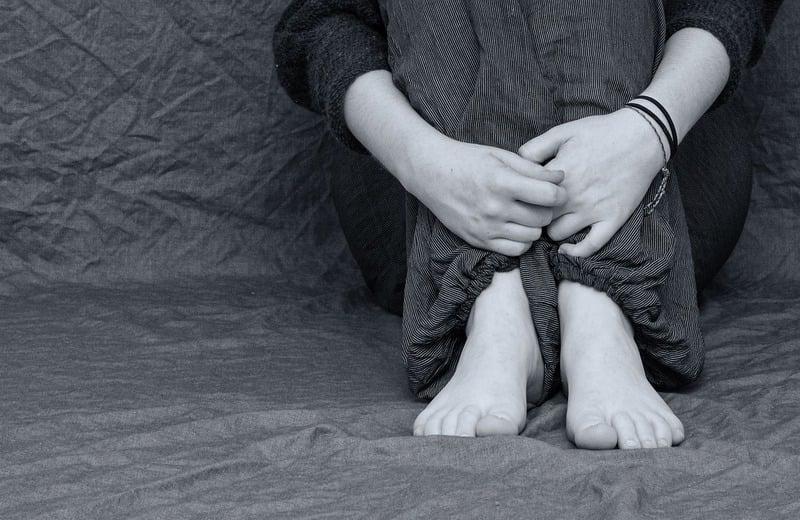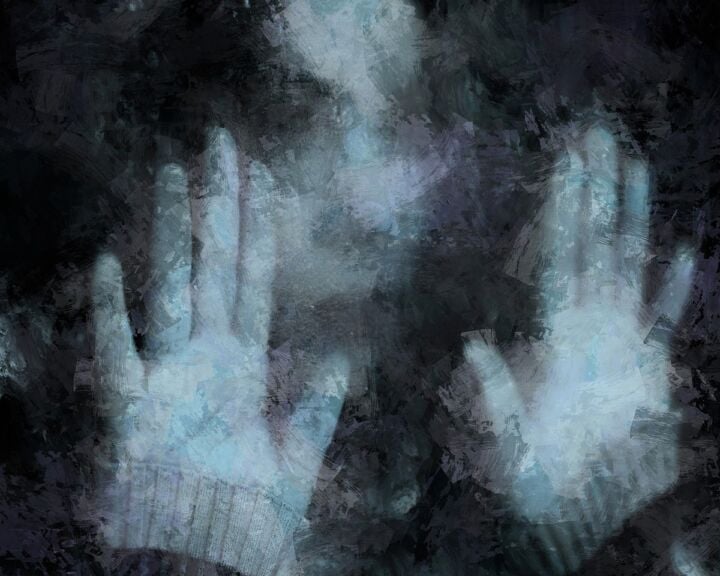This story was originally published by PGN.
Editor: This article is important right now for two reasons: 1. It’s been said that Elon Musk is taking ketamine, yet not everyone knows what it is. 2. There’s a mental health and loneliness crisis in this country, and our current government—that’s becoming more authoritarian by the hour—is taking health insurance away from people, causing many to feel stressed, anxious, and depressed.
With the mental health crisis we are currently experiencing in the U.S., combined with the fascist takeover occurring in government, any treatment for depression that’s effective is important.
Before you begin learning more about ketamine, I’d just like to say that I completely understand the mixed emotions people are feeling right now. Being immersed in politics 24/7 at a time like this is overwhelming for me. I’m sure you’re feeling anger (possibly hatred), anxiety, sadness, and perhaps hopelessness. You may feel one of these emotions, a combination of 2-3, or all of them at once (that’s me).
Just know that I created the free Community as a place for people who fight for justice and positive change to come together. We are stronger together. But it’s also a place for like-minded people to discuss what’s happening in news and politics. If you’re feeling as overwhelmed as I am, join the community (membership is free) and let’s support each other during this stressful time.
Earlier this year, the Food and Drug Administration expanded its approval of Spravato, a nasal spray derived from ketamine that was originally approved to treat treatment-resistant depression (TRD) when taken with an oral antidepressant.
The expansion means patients with TRD can now use it as a standalone treatment when their condition does not improve with antidepressant medications.
While ketamine is highly effective at relieving symptoms of depression, it comes with some risks. Read on to learn how ketamine treats TRD, how it’s administered, how much it costs, and more.
What is ketamine?
Ketamine is a medication that was first approved for anesthesia during surgery and to relieve acute pain. Then, it was found to also work quickly to treat depression and anxiety.
Since then, it’s sometimes used in low doses to help relieve TRD.
“[It’s] probably the biggest advance in the field of mental health in terms of treatments in many decades,” said Dr. David Feifel, a California-based psychiatrist, in a 2024 CNN article.
What is treatment-resistant depression?
Your health care provider, typically your psychiatrist, may diagnose you with TRD if you have tried taking at least two different antidepressant medications for six to eight weeks and your symptoms have not improved. Approximately 30 percent of people who have been diagnosed with major depressive disorder experience TRD.

How does ketamine treat TRD?
Unlike other medications that treat depression—which typically increase brain chemicals related to mood, attention, and motivation—ketamine increases levels of glutamate, the brain’s most abundant chemical messenger. Crucial for normal brain function and learning, glutamate helps your brain adapt to new ways of thinking, which can help you think more clearly and have positive thoughts.
“Ketamine treatment is associated with an altered state of thinking, a psychedelic-like state of thinking, for a short period of time. There’s a substantial amount of evidence that that is part of the therapeutic effect,” Feifel said. “This psychedelic-like experience allows people to view things through a different lens that seems to play a role in their improvement.”
Plus, while other antidepressants typically take weeks to start improving mood, ketamine can take effect within hours.
How is ketamine administered?
In 2019, the FDA approved Spravato to treat TRD in adults. It’s a brand-name version of a nasal spray made from a more potent form of ketamine called esketamine. Since Spravato causes temporary side effects, it must be administered under the supervision of a health care provider.
If you are prescribed Spravato, your health care provider will likely have you give yourself three doses, spaced five minutes apart, and you will remain at the clinic until the risk of side effects has passed. Most patients who take Spravato repeat the treatment twice a week for about four weeks and once a week for another four weeks. Additional doses may be needed, depending on how well you respond to the medication.
Some health care providers administer it through an IV infusion—or, rarely, a shot—as an off-label treatment for TRD. Multiple infusions are needed to produce lasting effects. Your provider will decide how many infusions you need based on the severity of your symptoms.
You may be prescribed the drug on its own or in combination with antidepressants. Spravato and IV ketamine should not be taken together.
Both Spravato and IV ketamine have been shown to improve TRD symptoms, but one meta-analysis found that IV ketamine may be more effective and may produce fewer side effects.
What are the side effects?
“This is a drug that could be potentially lifesaving to many people, but it really is a drug that carries serious risk and needs to be handled carefully,” said Dr. Gerard Sanacora, a Yale University psychiatrist, in a 2024 New York Times article.
Patients taking Spravato should be monitored for at least two hours, and those receiving IV ketamine should be monitored for at least one hour. Potential side effects of both Spravato and IV ketamine include:
Feeling detached from reality or disoriented
Drowsiness
Dizziness
Anxiety
Upset stomach
Trouble speaking
Blurry vision
Numbness
Fast heart rate and high blood pressure
Spravato carries a “black box warning”—the FDA’s most serious type of warning—due to rare, serious side effects like suicidal thoughts and behaviors, slowed breathing, and misuse. If you are prescribed Spravato, you must enroll in the medication’s Risk Evaluation and Mitigation Strategy (REMS) safety program, which helps the FDA ensure that Spravato’s benefits outweigh its risks.
IV ketamine comes with similar risks, but since it is not FDA-approved to treat TRD, patients who receive IV ketamine do not have to register in a REMS program.
Do not drive or operate heavy machinery after receiving any treatment with this drug.

Who should not take ketamine for TRD?
You should not take it for TRD if you have high blood pressure, have a history of substance use disorder, are pregnant or nursing, or have blood vessel problems. Talk to your health care provider about your medical history and any other medications you take before starting ketamine treatment.
How much does it cost?
Spravato may be covered by your health insurance. Without insurance, Spravato is about $900 per dose. Spravato’s Savings Program helps uninsured and under-insured patients cover the cost.
Insurance providers typically do not cover IV ketamine for TRD. The IV form of the drug can cost hundreds of dollars, up to $1,000 per dose.
If you live with depression and are seeking additional mental health resources, Public Good News has compiled this list, including a guide to finding treatment.
For more information, talk to your health care provider.
If you or anyone you know is considering suicide or self-harm or is anxious, depressed, or upset or needs to talk, call the Suicide & Crisis Lifeline at 988 or text the Crisis Text Line at 741-741. For international resources, here is a good place to begin.
Learn more about third-party content on ZanyProgressive.com.




